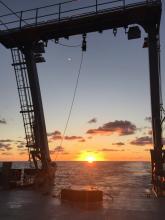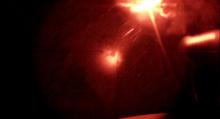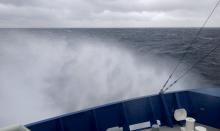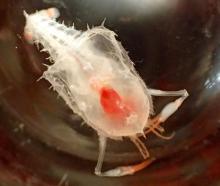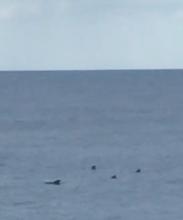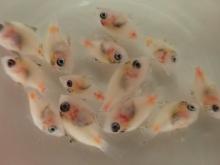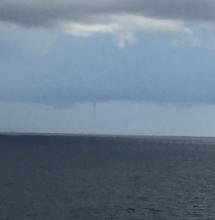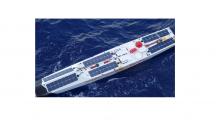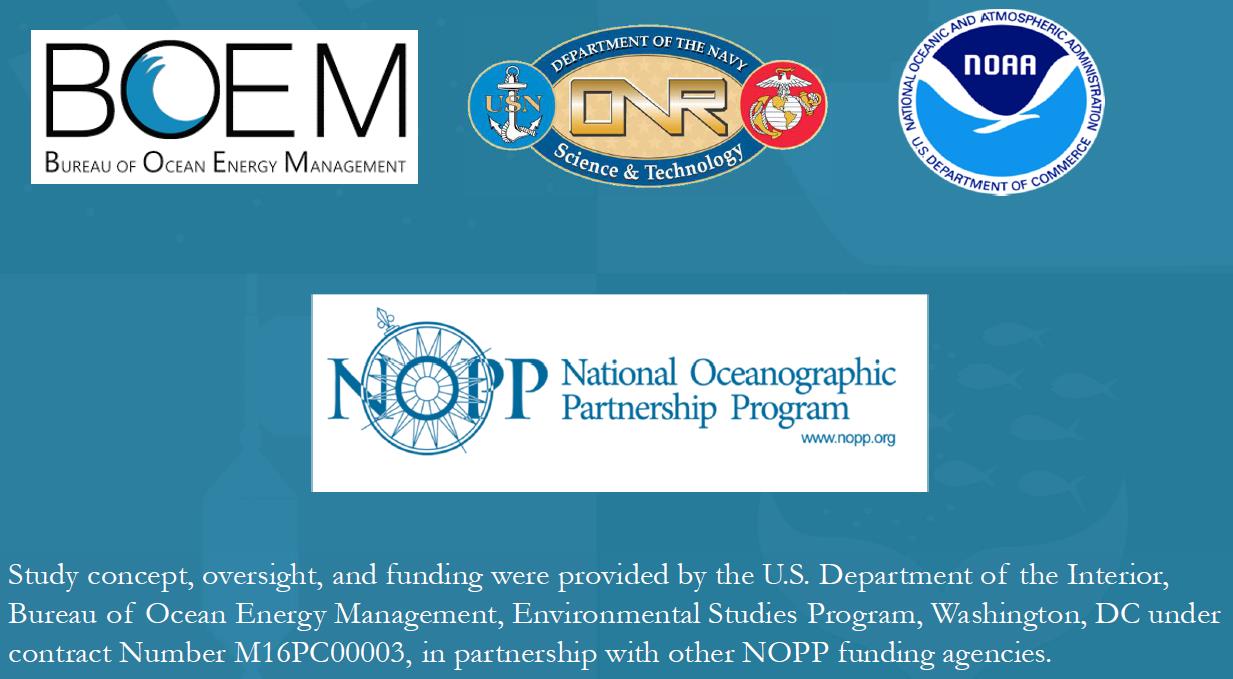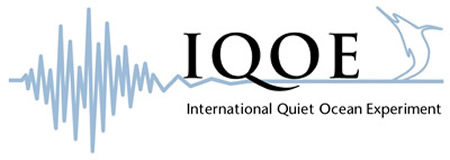Written by Carmen Lawrence, JASCO Applied Sciences
Today we began the final leg of our month long voyage. We have come full circle and are now back at our first station, Virginia Canyon. Here, we retrieved the first lander deployed and deployed an 8th lander in its place. We did this to obtain a complete set of data to analyze and see what kind of data we collected in the month since it was deployed.
Tags
Close your eyes and picture the bottom of the ocean. What do you see?
Written by Brandyn Lucca, graduate student at Stony Brook University, New York.
Is there a cornucopia of oddities and alien life that you’ve never see at the surface? Or do you see vast stretches of barren sand—devoid of life—which one could aptly describe as a moonscape? I can hear it now: “But Brandyn, it completely depends on where you are and at what depth!” That is true; however, unless we can filter every liter of water in the ocean, how can we discern the many biological differences at different depths around the world?
Tags
The wind is blowing Beaufort Six
Written by Calder Robinson, undergraduate at Dalhousie University, Halifax Nova Scotia.
A half hour passes, another, nothing but wind, waves and whitecaps. The water is a grey green; empty of everything but phytoplankton, three ghostly shapes swim by, gone, just empty grey green water. I didn't quite believe it. I made a note and moved on. The end of my shift arrives, the lookout pointed forward silently, more of them, five or six lazily surfing the waves and diving them around the bow. Dolphins. We weren't really alone.
Tags
Fish with their own lighting brighten our researcher's night!
Species like lanternfishes and hatchetfishes have photophores. When photophores activate they break up the silhouette of the fish making it more difficult for predators to see. Living in the deep sea can be especially hazardous considering the huge pressures and low temperatures, so it is all the more impressive seeing the adaptations they have evolved to cope with this extreme environment.
Tags
A Strangely Squishy Amphipod
Written by Hannah Blair, Stony Brook University graduate student.
The R/V Armstrong raced northward Monday, heading inland to Cape Hatteras to take some shelter from the bad weather and rough seas. On the way, though, we stopped at our Wilmington site early Tuesday morning to sneak in one last deep trawl (down to 1000 m). The trawl lasted over three hours, and we got some cool animals from it, including our second anglerfish of the trip and a very interesting large (and strangely squishy) amphipod, a type of crustacean.
Tags
Bye Bye Florida, back to winter we come!
Written by Jen Miksis-Olds.
Bye Bye Florida, back to winter we come! We all enjoyed the mostly calm seas and warm weather we found off of Florida. Some of us prone to seasickness even decided that we might be able to survive out here without our seasickness meds. Unfortunately that was rather short lived. Now we are just trying to hold onto that taste of summer as we make our way rapidly back North to escape some possibly rough weather. But this is exactly why bad weather days are built in when planning an oceanographic research cruise. Though bad weather doesn’t sound good to those of us still getting our sea legs, we are just grateful that we were successful in reaching all of our deployment sites without any significant problems.
Tags
An ocean of larval and juvenile fish.
During our first deployment cruise, we had the pleasure of catching many different larval and juvenile fish as we crossed the outer continental shelf of the mid Atlantic ocean. We were able to identify a variety of reef and deep-sea fish including mahi-mahi, deepsea lizardfish, roughtongue bass, lane snapper, butterflyfish, squirrelfish, tilefish, cardinalfish, surgeonfish, anglerfish, and Sargassum filefish.
Tags
Water spouts and stickers!
Written by Carmen Lawrence, JASCO Applied Sciences.
A true testament to being from Nova Scotia is a ceaseless ability to discuss the weather. Today, we had a lot to talk about. The day started out as a sunburn recipe, then dramatically changed gears to become copious amounts of rain. Then, on the horizon, we spotted an ominous sight! No less than three water spouts appeared several kilometers away! Then one began to form roughly one kilometer from us, but did not fully form.
Tags
Finding "Ada"!
This Ada blog and its photos is by Jennifer Miksis-Olds, School of Marine Science and Ocean Engineering, University of New Hampshire.
Late this morning, the R/V Armstrong spotted a disabled autonomous surface vehicle far off the coast of Florida. Upon approach, the name of the vessel , Ada, was visible on the stern. We quickly learned from an internet search that this vessel was an autonomous sailboat from the University of British Columbia http://news.ubc.ca/2016/07/15/ubc-students-unveil-self-navigating-atlantic-sailboat/ launched last year on a trip across the Atlantic.
Tags
The "Triplewart Seadevil" is aptly named.
Today’s blog is written by Chief Scientist Joe Warren (Stony Brook University).
There is a friendly rivalry between the day and night shifts on the vessel. And while the day shift spends all day looking for deep water, the night shift is busy sending nets down to near the bottom of the ocean to sample the marine life that lives there. One of the biggest challenges that we have when flying a net is that (in many cases) it can be difficult to know how deep your net is in the water. We have meters on the ship's winches that tell us how many meters of wire have been put into the ocean, but since the ship is moving that wire isn't hanging straight down.
Tags
Pagination
- Previous page
- Page 14
- Next page
Copyright 2016 · All rights reserved

